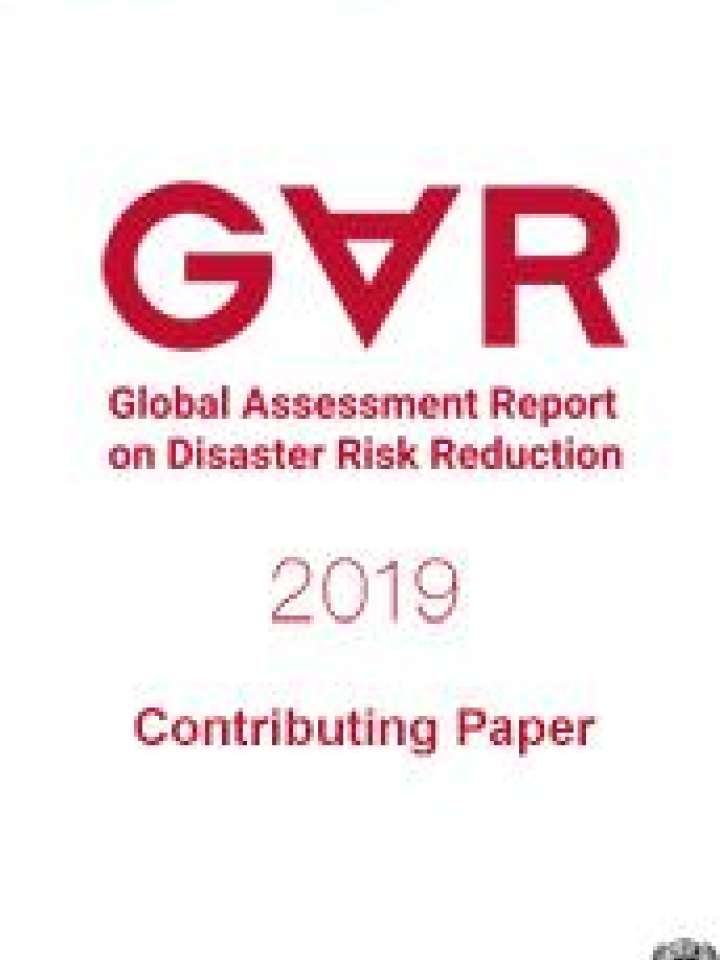Multi-sector exposure and vulnerability to urban development and climate change in Indian megacities: Case of national capital territory of Delhi, India
Cities are drivers and victims of climate change. Risks to climate change and induced disasters vary spatially and across a region's demographic spectrum. Building resilience to the changing climate requires exhaustive analysis of climate risks, their magnitude and implications along with a multiplier effect they have over each other and their secondary environment sectors. The idea is to propagate the concept of climate resilience in India beyond international mandates and bold statements, enabled through utilization of open data. The research underscores the need for climate responsive planning for megacities in India, with an example of National Capital Territory of Delhi, the capital of India whose trends and policies often form a blueprint for others to follow.
This paper is a contribution to the 2019 edition of the Global Assessment Report on Disaster Risk Reduction (GAR 2019).
To cite this paper:
Agrawal, M. Multi-sector exposure and vulnerability to urban development and climate change in Indian megacities: Case of national capital territory of Delhi, India. Contributing Paper to GAR 2019
